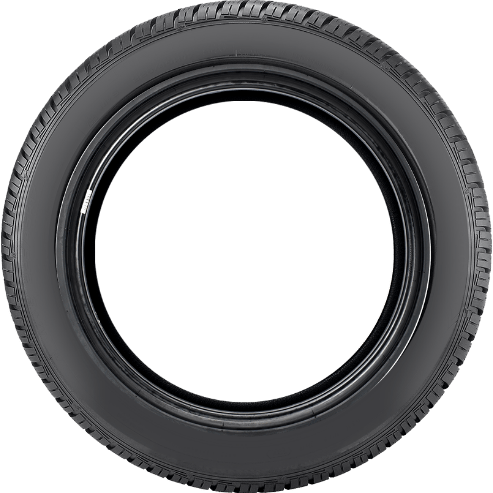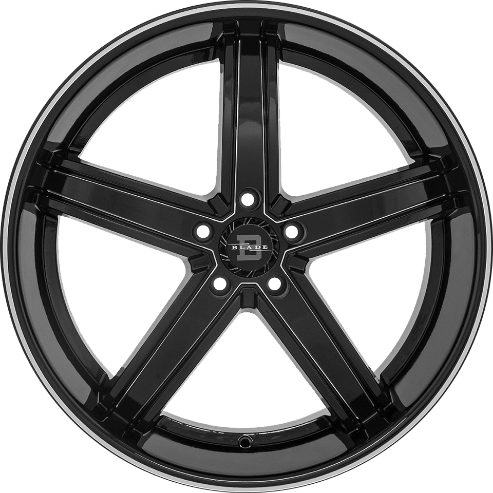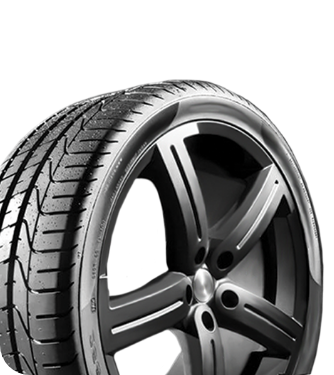
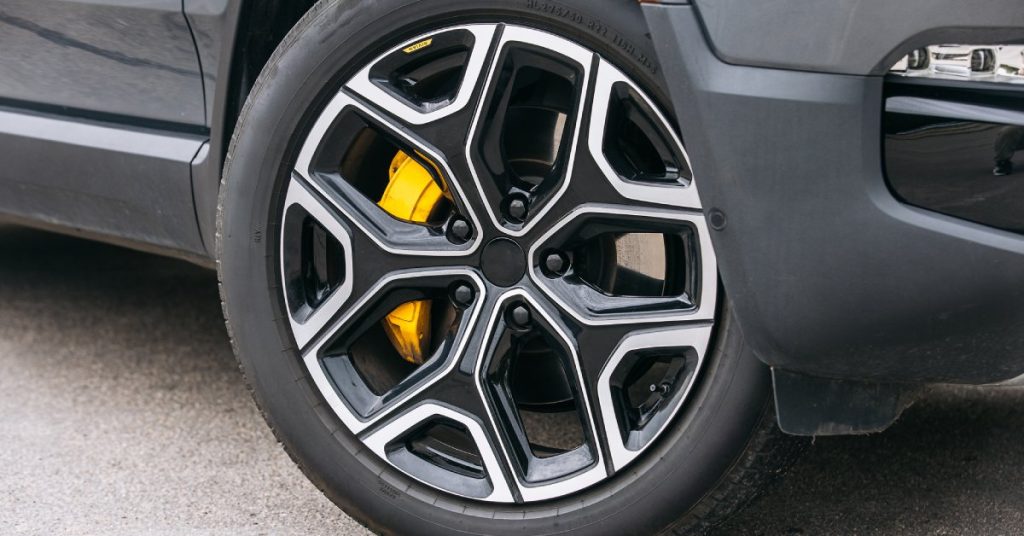
A Step-by-Step Guide to a Tire Rotation Service
Tires |Regular tire maintenance keeps your vehicle running safely and efficiently. Tire rotation, moving tires from one position to another on your vehicle, ensures even wear patterns and extends tire life. Follow along to learn everything you need to know about tire rotation services, from understanding the basics to the process itself.
Most drivers overlook this simple maintenance task, yet proper tire rotations can increase tire lifespan by up to 20,000 miles. Whether you handle the rotation yourself or visit a service center, following this step-by-step guide for a tire rotation service can help you make informed decisions about your vehicle’s care and potentially save hundreds of dollars on premature tire replacement.
Why Tire Rotations Matter for Your Vehicle
Your vehicle’s weight distribution, alignment, and driving patterns create uneven tire wear. Front tires typically wear faster because they handle steering, braking, and acceleration forces. Without rotating your tires, you’ll notice significant differences in tread depth across your tires within 10,000 to 15,000 miles.
Uneven tire wear creates several problems that affect your daily driving experience. Your vehicle may pull to one side during normal driving, requiring you to make constant steering corrections. Tires with different tread depths also reduce traction in wet or slippery conditions, compromising your safety during your daily commute.
Regular rotation maintains consistent tread depth across all four tires. This practice improves fuel efficiency by reducing rolling resistance and ensures your tires wear evenly, maximizing their useful life. For drivers covering 10-50 miles daily, proper tire rotations represent significant long-term cost savings.
Understanding Tire Rotation Patterns
Different vehicles require specific rotation patterns based on tire type and drivetrain configuration. Understanding these patterns ensures you rotate your tires correctly and maintain optimal performance.
Forward Cross Pattern
The forward cross pattern is most effective for front-wheel-drive vehicles with non-directional tires. Move the front tires straight back to the rear positions. Take the rear tires and cross them to the opposite front positions—left rear goes to right front, right rear goes to left front.
Rearward Cross Pattern
Rear-wheel-drive and all-wheel-drive vehicles benefit from the rearward cross pattern. Move the rear tires straight forward to the front positions. Cross the front tires to the opposite rear positions—left front moves to right rear, right front moves to left rear.
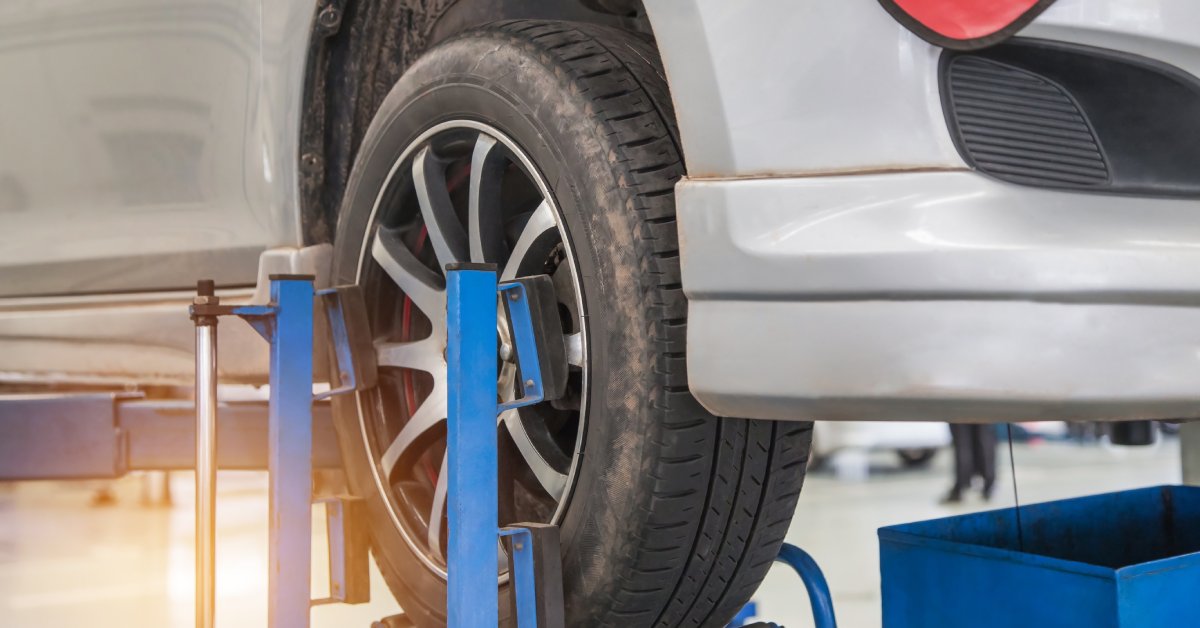
X-Pattern Rotation
The X-pattern provides the most thorough rotation for vehicles with non-directional tires of the same size. Each tire moves diagonally to the opposite corner—the front tires move diagonally to the back and vice versa.
Side-To-Side Pattern
Directional tires or vehicles with different front and rear tire sizes require side-to-side rotations. Simply swap the left front with the left rear, and the right front with the right rear. This pattern maintains proper tire direction while promoting even wear.
Step-By-Step Tire Rotation Process
Rotating your tires requires basic tools and careful attention to safety procedures. You can accomplish this process yourself, but if you aren’t comfortable, professionals can complete the process within an hour.
Gather Your Tools
You’ll need a jack capable of lifting your vehicle, four jack stands for safety, a lug wrench that fits your wheel bolts, and a tire pressure gauge. Having a torque wrench ensures that you tighten lug nuts to the manufacturer’s specifications. Keep work gloves handy to protect your hands and improve grip on tools.
Prepare Your Vehicle
Park on level ground away from traffic and engage the parking brake. Loosen all lug nuts while the tires remain on the ground; this prevents the wheels from spinning during removal. Don’t remove lug nuts completely at this stage—just break them loose.
Lift and Secure the Vehicle
Position your jack under the manufacturer’s recommended lift points. Raise one corner of the vehicle and immediately place a jack stand under a solid frame member. Never work under a car supported only by a jack. Repeat this process for each corner you plan to work on.
Some experienced mechanics prefer lifting the entire front or rear of the vehicle at once using a floor jack and multiple jack stands. This approach speeds up the rotation process but requires more equipment and experience.
Remove and Rotate the Tires
Remove the loosened lug nuts completely and pull the tires straight toward you to avoid dropping them. Heavy tires can cause injury, so maintain proper lifting posture and ask for help if needed.
Follow your chosen rotation pattern exactly. Mark each tire’s original position with chalk if this helps you track the rotation. Place each tire in its new position and hand-tighten the lug nuts to hold the wheel in place.
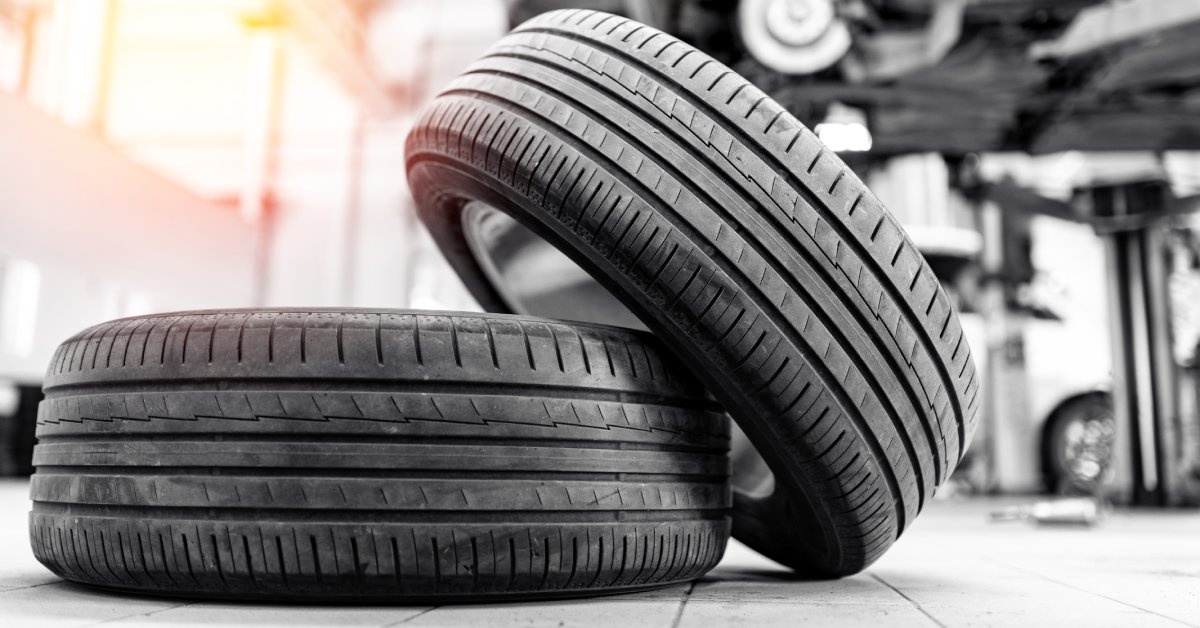
Lower and Final Tightening
Lower each corner of the vehicle until the tires just touch the ground, but still support some weight on the jack stands. This prevents the wheels from spinning while you tighten the lug nuts to the proper torque specification.
Use a star or crisscross pattern when tightening lug nuts. This ensures even pressure distribution and prevents wheel warping. Consult your owner’s manual for the correct torque specification—typically between 80-120 foot-pounds for most passenger vehicles.
Cost Considerations and Timing
A professional tire rotation typically costs between $50 and $100 at most service centers. Many tire shops offer free tire rotations if you purchased your tires from them. Some quick-lube shops include rotation with oil change services, providing convenient bundled maintenance.
A DIY rotation costs only your time and the initial investment in tools. A basic jack, jack stands, and lug wrench cost $100-$200, but if you don’t have the time to rotate your tires, then it would be better to go to the professionals.
Schedule a tire rotation every 5,000-7,500 miles or according to your vehicle manufacturer’s recommendations. Many drivers coordinate their vehicle’s rotation with oil changes to facilitate convenient maintenance scheduling. Track your rotation schedule using your vehicle’s maintenance app or a simple calendar reminder.
Safety Considerations and Best Practices
Safety remains the top priority during any tire service. Never attempt rotation on busy roads or unstable surfaces. If you experience any equipment failure or feel unsure about any step, stop immediately and seek professional help.
Inspect each tire during rotation for signs of damage, embedded objects, or unusual wear patterns. Uneven wear may indicate alignment problems, suspension issues, or incorrect tire pressure, which require professional attention.
Check and adjust the tires’ pressure after rotating them. Moving tires to different positions may reveal pressure differences that affect handling and fuel efficiency. Maintain the pressure specified on your vehicle’s door placard, not the maximum pressure printed on the tire sidewall.
Your Next Steps for Better Tire Care
Proper tire rotation services not only extend tire life but also improve safety and maintain optimal vehicle performance. Whether you choose professional service or handle the task yourself, regular rotations should be part of your vehicle maintenance routine.
Visit RNR Tire Express’s tire shop in Lubbock to find professionals who can rotate your tires with ease. Drive safely and confidently with well-protected tires. Contact us today to schedule your next tire rotation.


